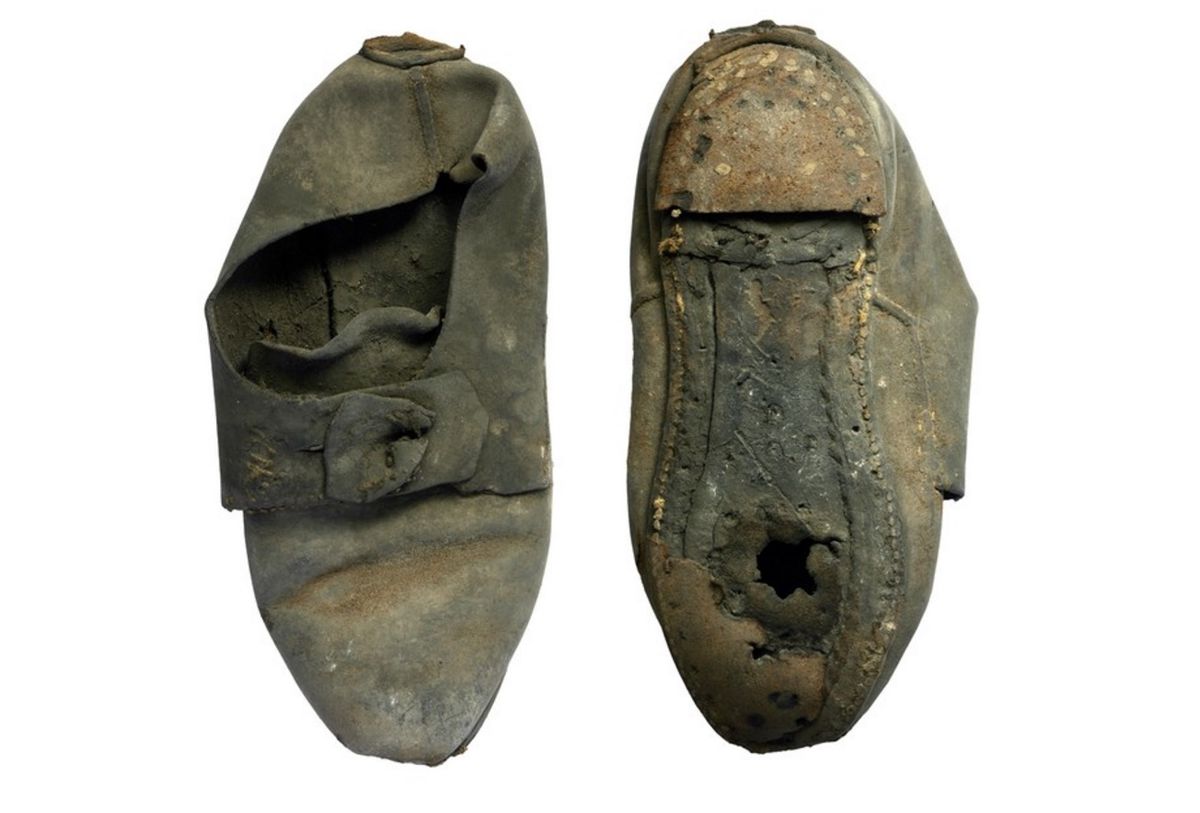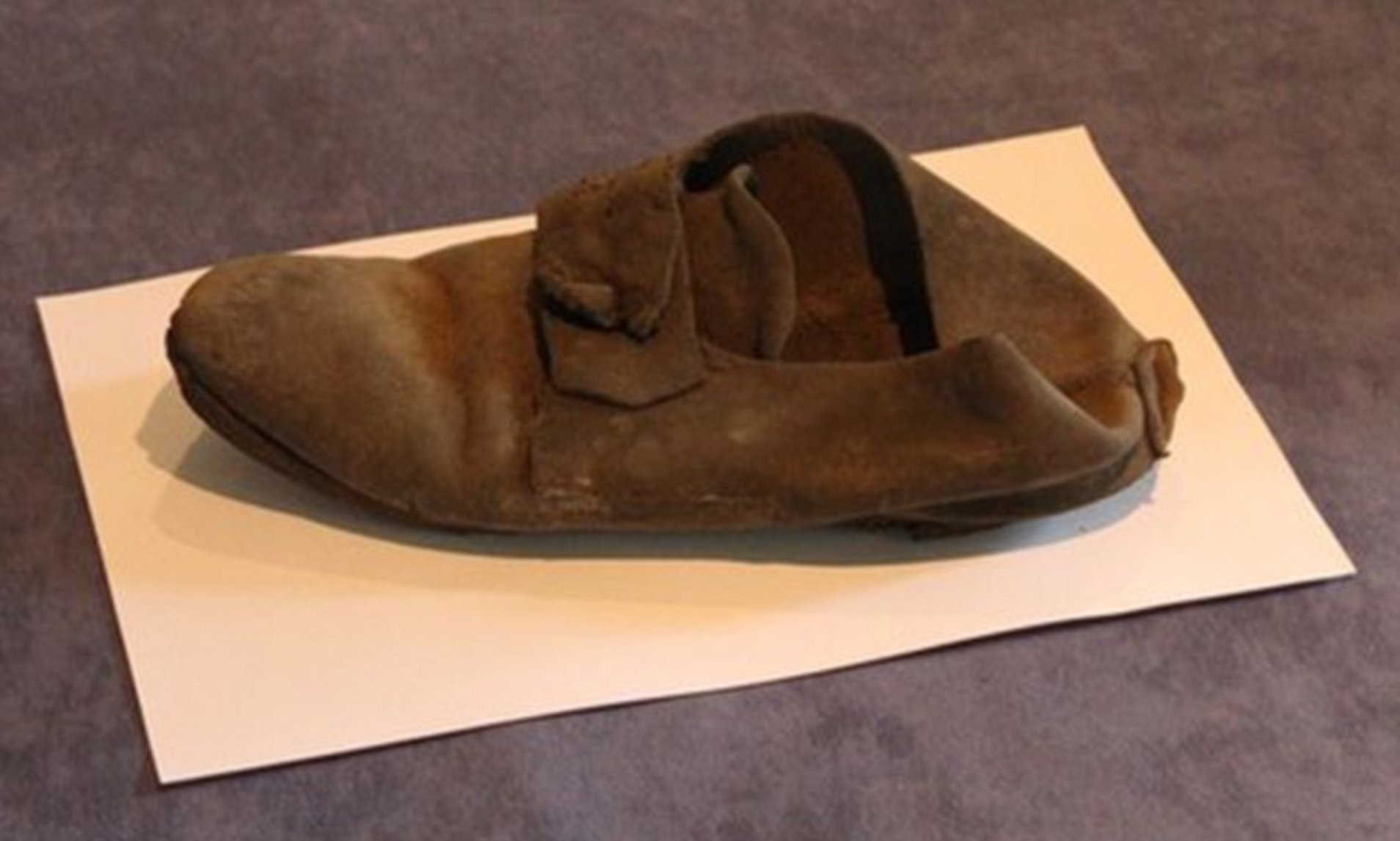Table of Contents
ToggleIntroduction
In an unexpected archaeological find, a 300-year-old “magic” shoe was discovered hidden inside the wall of a common room at St. John’s College, Cambridge University, during recent renovation work. This discovery sheds light on an ancient and widespread tradition that was practiced across Europe in the 17th and 18th centuries, where people concealed objects, often shoes, to ward off evil spirits and protect homes and institutions from supernatural harm.

The Shoe as a Protective Charm
The practice of hiding shoes within walls, under floors, or near chimneys was a form of counter-magic. During this period, it was believed that certain objects could protect individuals from malevolent forces such as witches or evil spirits. Shoes, in particular, were thought to carry a person’s essence, as they were worn close to the body and molded to the wearer’s foot. This connection made shoes ideal vessels for absorbing harmful energies and protecting the inhabitants of a building.
The shoe found at St. John’s College fits into this tradition. Hidden in a common room wall, it was likely placed there with the hope of safeguarding the college from bad luck or supernatural threats. Such beliefs were common in both rural and urban areas during this time.
A Window into 17th and 18th-Century Superstitions
The concealment of objects like shoes was part of a broader effort to secure homes and public spaces against perceived dangers. In addition to shoes, other personal items such as garments or tools were sometimes hidden. The location where these items were concealed often played a key role; shoes were typically hidden near thresholds, windows, or chimneys—places believed to be vulnerable points where spirits or witches might enter.
This belief system was particularly strong during times of social unrest or fear, such as periods of famine, disease, or witch hunts. These practices, while rooted in superstition, reveal a deep need for security and protection in uncertain times.

Conclusion
The discovery of the 300-year-old shoe at Cambridge University offers more than just a glimpse into the superstitions of the past. It serves as a reminder that even in places known for their intellectual heritage, beliefs in magic and supernatural protection were prevalent. The shoe, hidden for centuries within the walls of St. John’s College, represents a silent guardian from another era, embodying the hopes and fears of those who once believed that magic could keep danger at bay.
As this discovery is studied further, it will undoubtedly continue to contribute to our understanding of historical traditions and the role that superstition played in shaping the everyday lives of people, even within institutions dedicated to the pursuit of knowledge.

